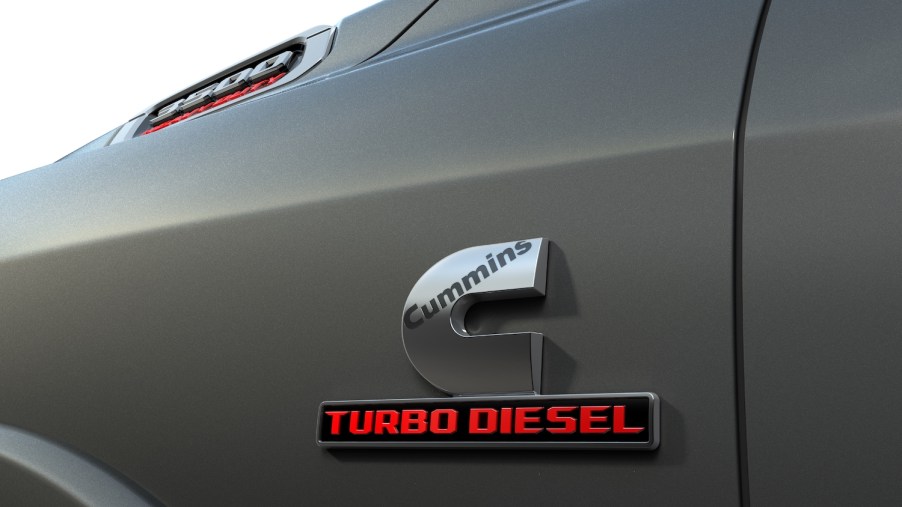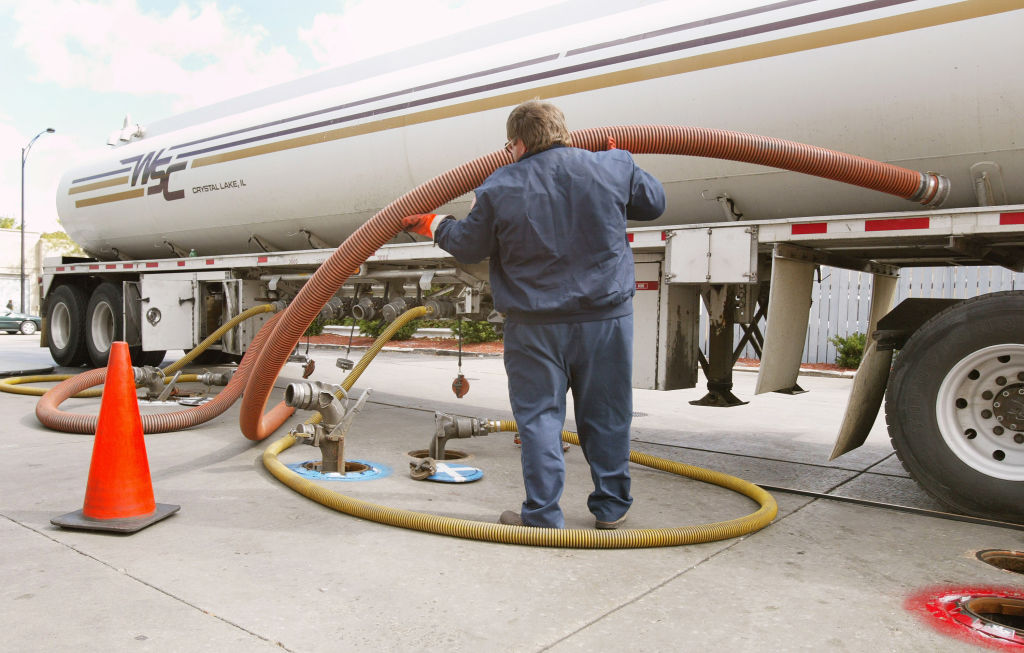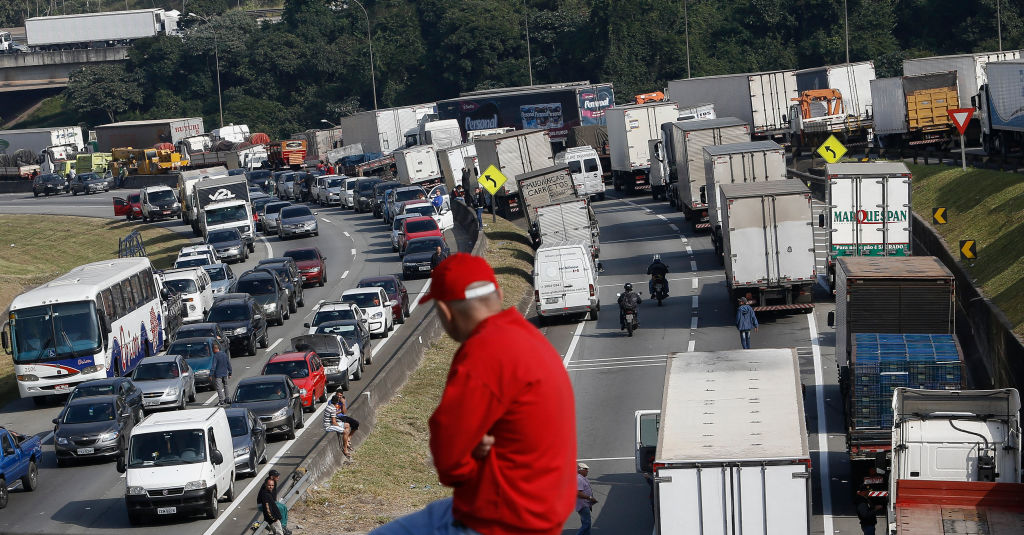
These 12 States (So Far) Want to Ban ALL Diesel Trucks
There are 12 states that have gotten together proposing a ban on gas-powered vehicles. It would include all new passenger cars and light-duty trucks by 2035. But there is more. These states also want to “set standards and adopt incentives aimed at ensuring 100% zero-emissions sales of medium-duty and heavy-duty vehicles by 2045.” So, anything burning fuel they want to see those sales stop by 2045, if not sooner. That includes a ban on diesel.
States to end new vehicle sales of fossil fuel-powered vehicles by 2035

The states are California, New York, Massachusetts, North Carolina, Connecticut, Hawaii, Maine, New Jersey, New Mexico, Oregon, Washington State, and Rhode Island. But those governors are asking for more. They want President Biden to end new vehicle sales of fossil fuel-powered vehicles by 2035.
Biden’s infrastructure plan already includes $174 billion set aside for tax credits and incentives to increase electric vehicle sales. It also separates a portion of that for building more charging stations. But these governors want to see “a clear regulatory path to ensuring that all vehicles sold in the United States are zero-emission so we can finally clear the air and create high-road jobs.”
States want zero-emissions medium- and heavy-duty truck sales only by 2045

They also want Biden to propose similar legislation to ban all but 100% zero-emissions medium-duty and heavy-duty truck sales by 2045. Biden said during his campaign for president that he supported California’s phase-out of gas-powered vehicle sales by 2035. If not by 2035 then they want Biden “to set a date by which new sales of fossil fuel vehicles will end entirely.” Essentially, they want to see a ban on diesel.
Tax credit breaks for EV owners are set to be raised according to Reuters. The governors are asking Biden to remove the impending increase in credit limits. But not all groups you would expect to favor such moves approve of them.
The UAW has been against incentives for EVs. This is based on the idea that it takes less workforce to produce EVs than gas- and diesel-powered vehicles. Roy Gamble, president of the United Auto Workers union, said “workers will disproportionately suffer if we do not get it right.” What he wants to see is a variety of vehicles produced. This way if market demand tanks the manufacturers have alternative vehicles it can ramp up production with.
EVs amount to a tad more than 2% of total sales in the US

Currently, EVs amount to a tad more than 2% of total sales in the US. That figure goes up to 3% for Europe. So, at least for the immediate future, it doesn’t look like car manufacturers’ zeal in producing EVs is equivalent to demand. Some wonder when the increase in sales will occur? Right now it seems like a high-wire act to be able to predict demand when there are only 2% sales so far.
More states are cracking down on medium- and heavy-duty diesel-powered trucks. Right now Class 7 and 8 trucks have to have diesel engines newer than 2010 to be compliant. According to Joe Rajkovacz, director of governmental affairs for the Western States Trucking Association, 200,000 trucks currently registered in California will be noncompliant by 2023.



